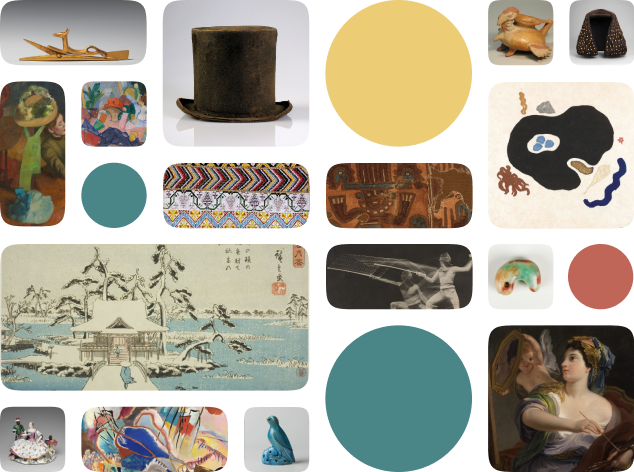Nataraja, Shiva as the Lord of Dance
About the work
One of the most celebrated sculptural forms in the history of Indian art, this elegant and dynamic figure embodies some of Hinduism’s most fundamental tenets. According to Hindu thought, time is cyclical; the world is created, maintained, preserved for a time, then destroyed, only to be created again an infinite number of times. For those Hindus who view Shiva to be the all-powerful creator divinity, he is responsible for both creation and destruction. The ring of fire and the tongue of flame he holds in his left hand refer to destruction, and the drum in his raised right hand refers to the relentless beat of time as it moves inevitably forward. His lower right hand, held up with the palm facing out, signals to his devotees not to be afraid of the impending destruction; they can be liberated from the cycles of birth and death through devotion to him, which he indicates by pointing to his upraised foot. With every step in his dance, he lands on a dwarfish figure personifying ignorance.
FUN FACT: The trampled figure holds a serpent in his left hand and with his right points up to Shiva.
Nataraja, Shiva as the Lord of Dance is available in the public domain via Creative Commons Public Domain Dedication .
Source: Cleveland Museum of Art
Is something missing?
Help us to improve our content.

